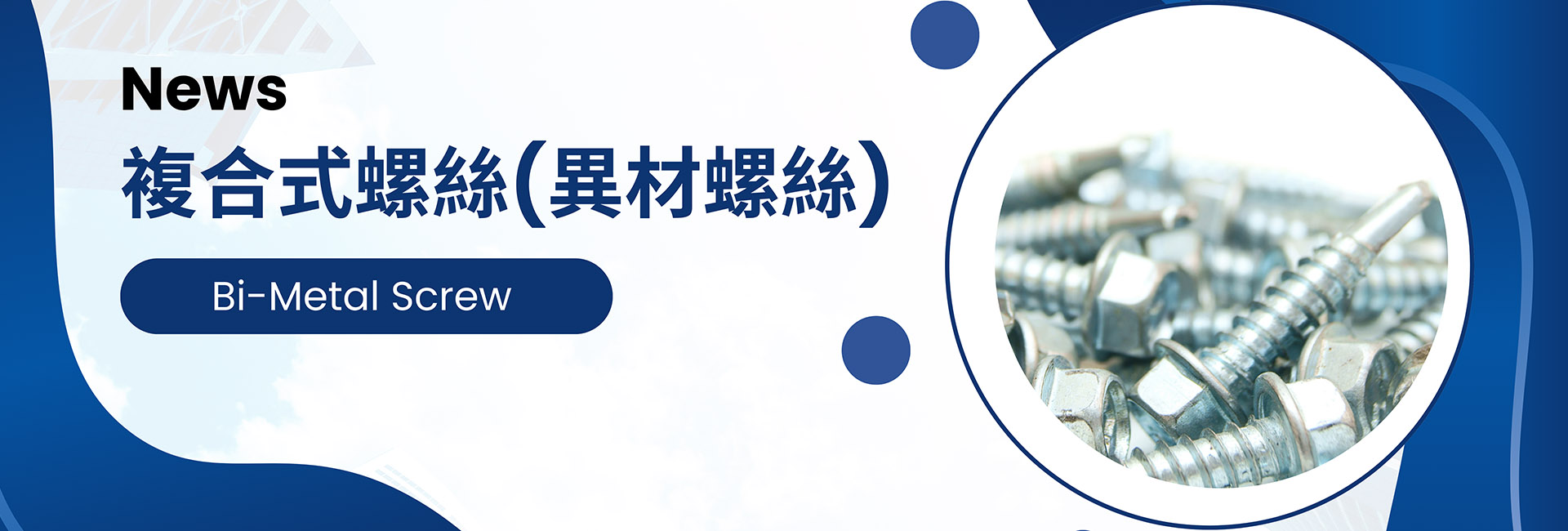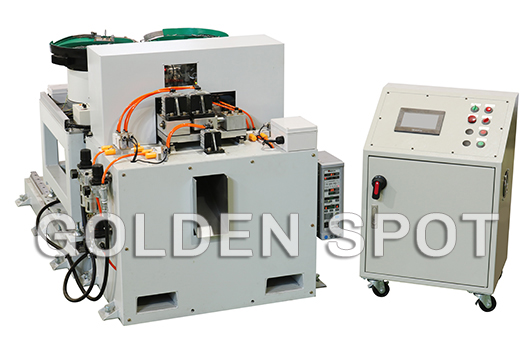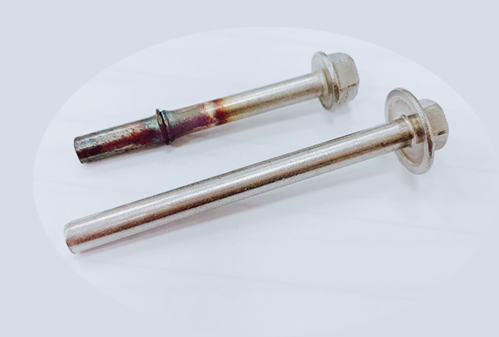The benefits of using a butt welding machine to weld Bi-metal screws

Enhancing Strength and Durability
Bi-Metal screws are typically made from different materials, which allows them to maintain strength while providing additional corrosion resistance or wear resistance. For example, the screw head may be made from a corrosion-resistant material, while the threaded part uses high-strength steel.
Construction and Infrastructure
Bi-metal screws offer corrosion resistance and wear resistance in outdoor construction, making them suitable for applying in structures such as bridges, towers, and railings that need to withstand external environmental impacts .
.
The benefits of using a butt welding machine to weld Bi-metal screws are as follows:
Using a butt welding machine to weld bi-metal screws offers several significant advantages, especially when combining different materials or components. Here are the main benefits of using a butt welding machine for making Bi-metal screws:
1. Fast and Efficient Jointing
Buttt welding can complete the welding process in a very short time, usually from a few milliseconds to a few seconds. This makes it particularly suitable for mass production, significantly improving production efficiency and reducing manufacturing costs.
2. Strong Bonding Strength
Butt welding can produce very solid metal bonds, making it especially suitable for welding the metal components of Bi-Metal screws together. The strength of the weld is sufficient to handle mechanical stresses in most applications, ensuring the reliability of the screw.
3. Applicable to Various Materials
Butt welding can be applied to a variety of materials, including steel, stainless steel, and aluminum alloys. This makes it useful for producing Bi-metal screws with different material combinations, meeting the needs of different applications.
4. No Need for Additional Filler Materials
Unlike other welding methods (such as arc welding or gas welding), butt welding does not require filler metals or rods. This simplifies the process, reduces material costs, and lowers the risk of impurities being through the use of filler materials.
5. Partial Heating, Reduced Thermal Deformation
butt welding machine can complete the weld through heating partially, affecting the surrounding material minimally. This reduces thermal deformation during the welding process, maintaining the screw's geometric accuracy and surface quality.
6. Suitable for Automatic Production
Butt welding technology is easy to integrate with automatic equipment, allowing for welding operations to be performed by robots or automatic systems on production lines. This helps to improve production efficiency and consistency, especially in large-scale manufacturing.
7. Lower Operating Difficulty and Safety Risks
Compared to other welding methods, butt welding is relatively simple and safe because it does not involve open flames or high-pressure gases. This makes the production environment safer and lowers the technical requirements for operators.
Application Examples
In the production of Bi-Metal screws, butt welding can be used to weld different components of the screw (such as the screw head and shaft) together or to attach additional anti-slip or insulating materials, enhancing the functionality and structural strength of the screw.
In summary, the advantages of using a buttwelding machine for manufacturing Bi-metal screws lie in its high efficiency, stability, and versatility, meeting diverse production needs while reducing manufacturing costs and improving product quality.



